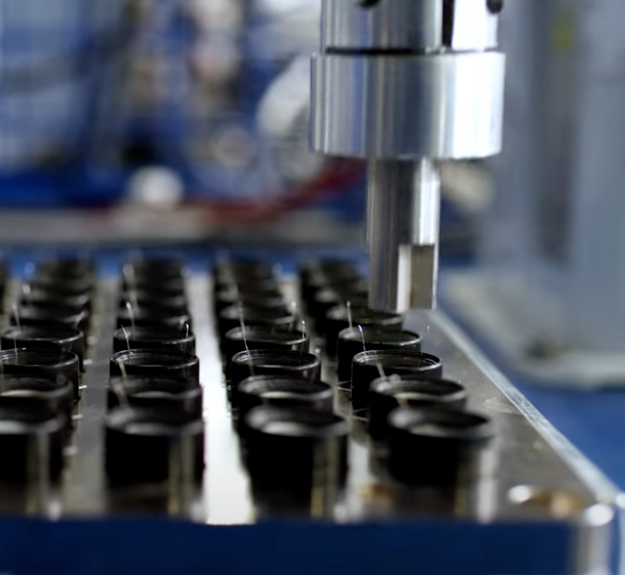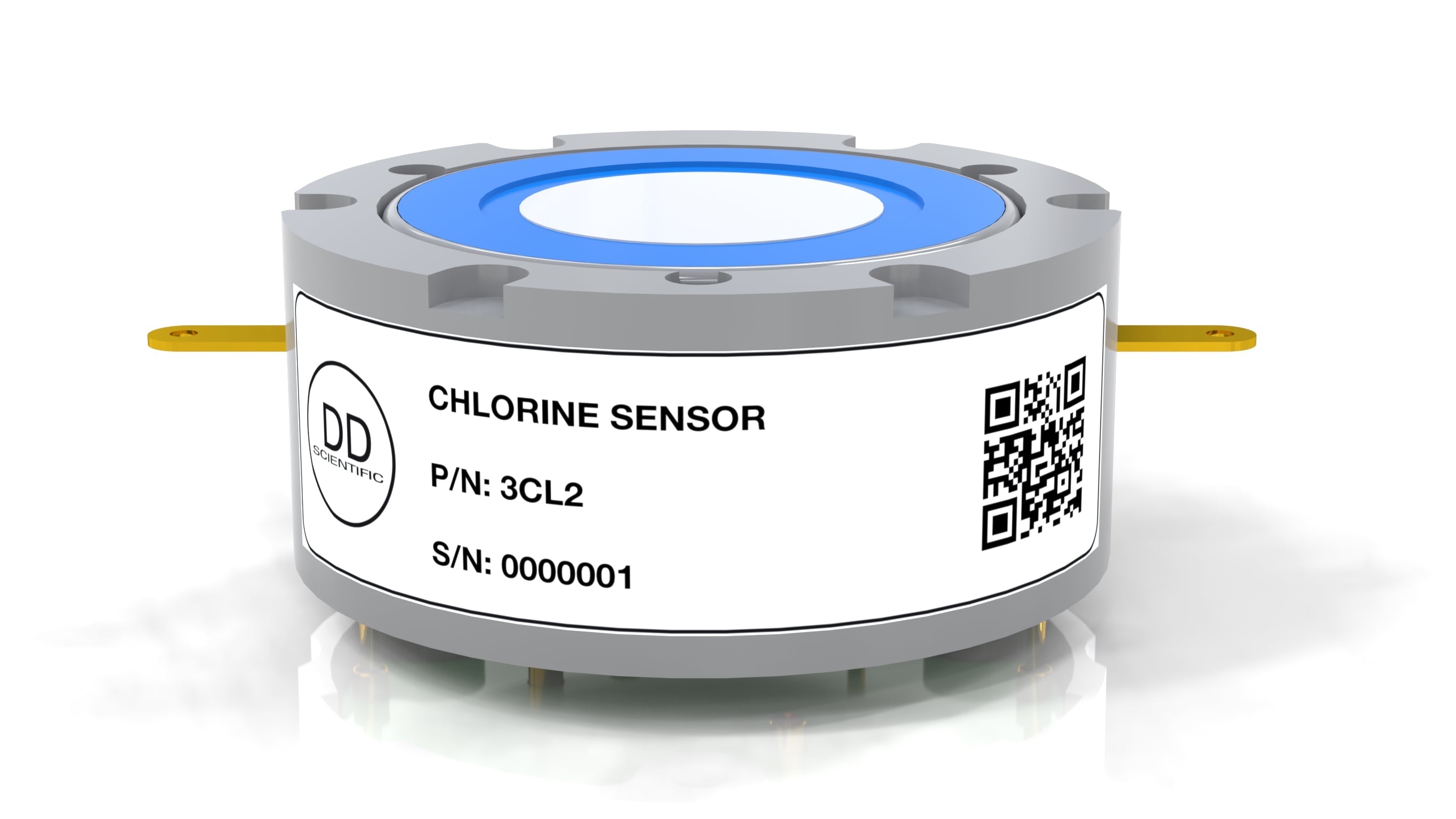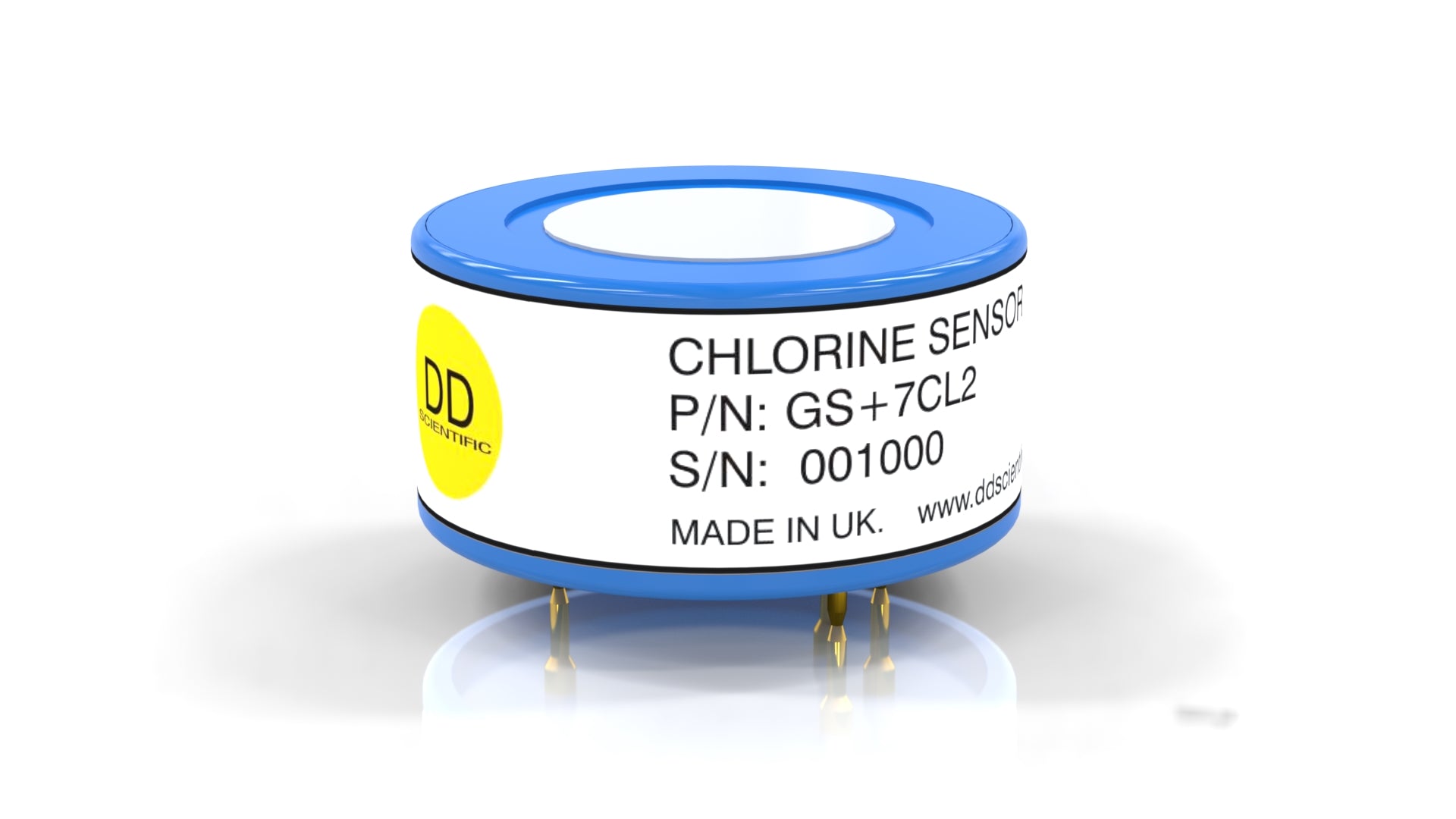What are the potential hazards of Chlorine (CL2)?
Inhalation of chlorine gas can cause irritation and inflammation of the respiratory tract, leading to coughing, chest tightness, difficulty breathing, and potentially life-threatening pulmonary edema.
Contact with chlorine gas or its aqueous solutions can cause burns, irritation, and blistering of the skin and mucous membranes, as well as severe eye damage or blindness.
Chlorine gas is highly corrosive and can damage metal equipment, infrastructure, and building materials upon contact, posing risks of structural failure and release of hazardous substances.
Accidental releases of chlorine gas can contaminate soil, water bodies, and ecosystems, leading to aquatic toxicity, harm to wildlife, and long-term environmental damage. Understanding the hazards associated with chlorine is crucial for implementing effective safety measures, emergency response protocols, and pollution prevention strategies to protect human health and the environment from its harmful effects.

Mitigate risk with DD-Scientific
Understanding the hazards associated with CL2 is essential for implementing effective control measures to protect both human health and the environment.
Mitigation of CL2 related risks relies upon fast, precise and reliable detection, features DDS sensors are guaranteed to deliver.
If you cant find the sensor type you are looking for or need help with sensor selection don't hesitate to get in touch.





